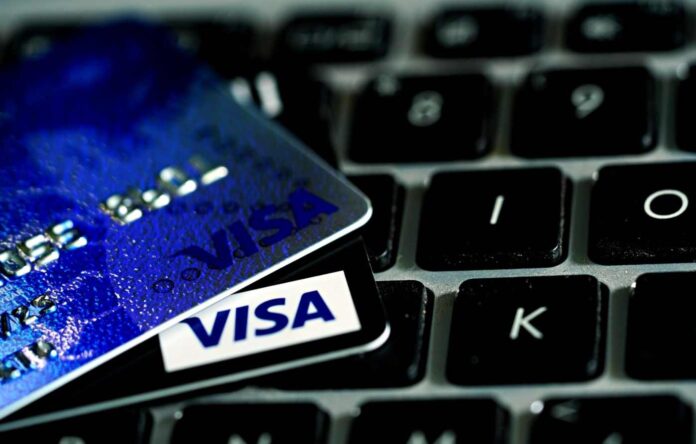- Visa’s VAAI Score uses AI to detect and prevent real-time enumeration attacks, reducing fraud costs by $1.1 billion annually.
- The tool provides real-time risk scoring, reducing false positives by 85%, and helps issuers make informed decisions.
- Initially rolling out in the US, the VAAI Score enhances protection against sophisticated fraud, safeguarding cardholder accounts.
Visa has introduced a new AI-powered tool called the VAAI Score. This tool is part of Visa’s updated Visa Account Attack Intelligence (VAAI) system and aims to address the significant losses and operational costs caused by fraudulent activities.
Currently, these activities are costing the global financial industry about $1.1 billion each year.
One of the primary types of fraud that Visa’s new tool targets is enumeration attacks. These attacks involve fraudsters using advanced technologies, like botnets and automated scripts, to test and exploit vulnerabilities in payment systems.
These attacks are fast-paced and can cause severe damage, making it crucial to have effective countermeasures in place.
Real-Time Transaction Verification
Visa’s VAAI Score tool provides real-time risk scoring for transactions, helping financial institutions detect and prevent enumeration attacks as they happen. Paul Fabara, Chief Risk and Client Services Officer at Visa emphasizes the importance of this tool.
He states, “Enumeration can have lasting impacts on our clients and there’s an immediate need for tools that can better detect and prevent these attacks in real-time. With the VAAI Score, our clients now have access to real-time risk scoring that can help detect the likelihood of an enumeration attack so issuers can make more informed decisions on when to block a transaction.”
The Impact of Enumeration Attacks
Visa’s research shows that 33% of accounts that have been subjected to enumeration attacks experience fraud within just five days. This highlights the urgency of detecting and stopping these attacks quickly.
The VAAI Score uses Artificial Intelligence to analyze transaction patterns in real-time, distinguishing between normal and suspicious activities to mitigate the impact of these attacks.
One of the significant benefits of the VAAI Score is its ability to reduce false positives. False positives occur when legitimate transactions are incorrectly flagged as fraudulent.
Visa claims that its new AI model reduces these false positives by 85% compared to other risk models. This is particularly important for ensuring that genuine transactions are not unnecessarily blocked, providing a smoother experience for customers.
Visa’s new AI tool is designed to handle “noisy data,” which refers to data that is messy or contains a lot of irrelevant information.
By training on this type of data, the AI model can better predict and identify complex enumeration attacks.
This means that the VAAI Score can assign a risk score to each transaction in real time, allowing for quicker and more accurate responses to potential fraud.
A Sophisticated Tool for a Growing Problem
Michael Jabbara, SVP Global Head of Fraud Services at Visa, highlights the importance of the VAAI Score in the fight against fraud.
He says, “With access to advanced technology, fraudsters are monetizing stolen credentials faster than ever before. Enumerated transactions impact the entire ecosystem, and with the VAAI Score, we’re giving our clients a sophisticated tool that can help prevent cardholder accounts from being compromised and stop fraudulent transactions before they happen.”
Rollout in the US
The VAAI Score will first be rolled out in the United States, providing financial institutions with a powerful new tool to protect their customers.
By leveraging advanced AI technology, Visa aims to stay ahead of fraudsters and reduce the financial and operational impact of enumeration attacks on the industry.
Visa’s introduction of the VAAI Score marks a significant step forward in the fight against financial fraud.
By using AI to provide real-time risk scoring, this tool offers a sophisticated solution to a complex and costly problem, ensuring better protection for both financial institutions and their customers.

